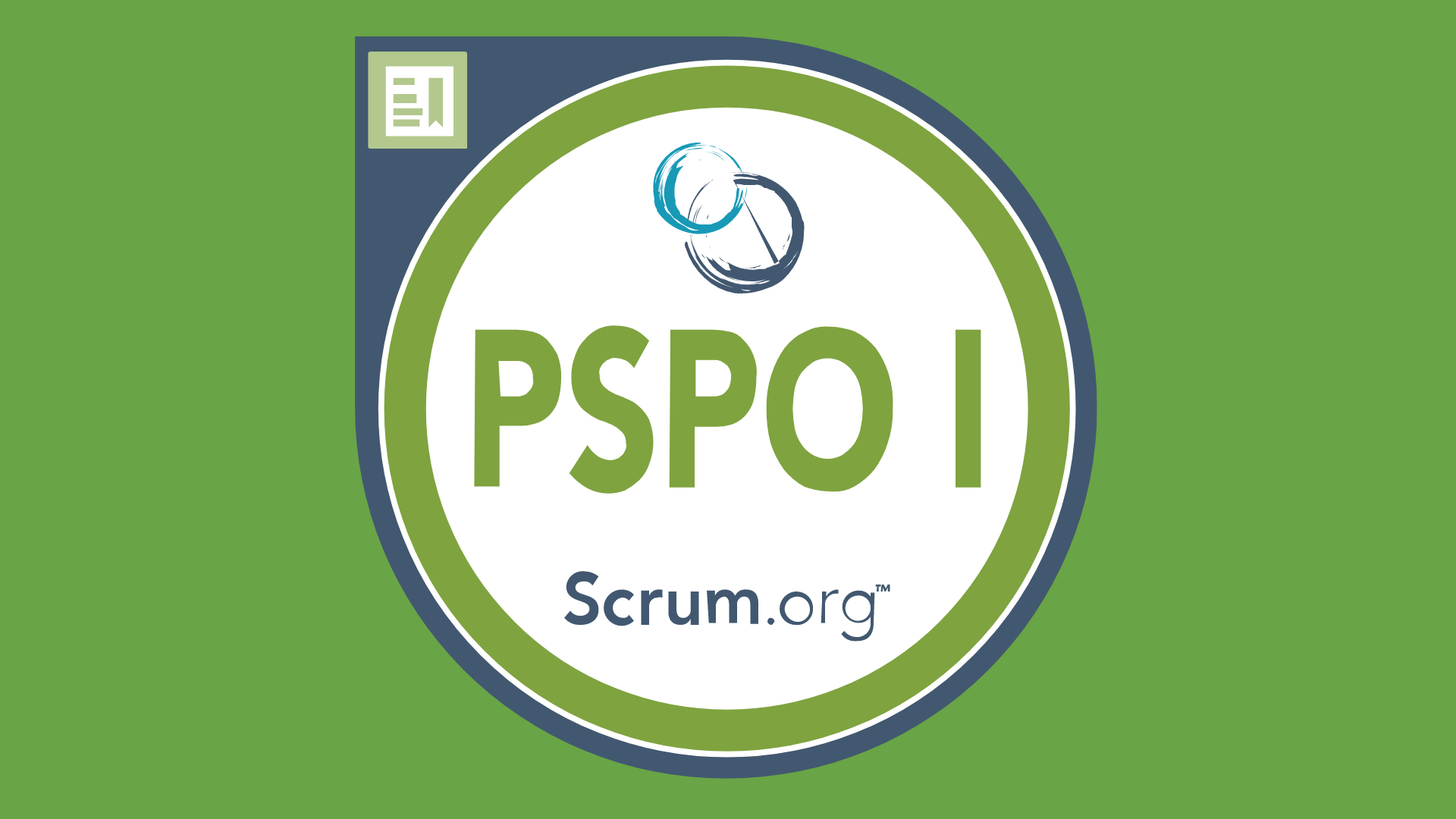
How to pass Professional Scrum Product Owner (PSPO I) Certification
Professional Scrum Product Owner (PSPO) is a series of certifications from www.scrum.org for Product Owners. It contains 3 levels of assessment: PSPO I, PSPO II, and PSPO III. Depending on the level of understanding and knowledge of Product ownership ranging from beginner to distinguished, people can select the assessment level. The assessment covers the knowledge, understanding and the ability to apply the learning in practical experiences. In the product ownership journey, one can advance from the 1st level to the level of mastery by gaining ground-level experience and appearing for the final assessment (PSPO III).
PSPO I
The first level, Professional Scrum Product Owner I (PSPO I), tests the fundamental know-how, about the Scrum framework and optimal value creation and delivery, of the product owners. Beginners in the role can use this assessment to help validate their knowledge. This assessment can be taken from the scrum.org website by paying the necessary exam fees, which currently is USD 200 for 1 attempt. People wishing to appear for the assessment need not take any course, although attending the class is highly recommended.
PSPO I Assessment
The assessment consists of 80 questions, and the timebox for the exam is an hour (60 minutes). It has multiple choice, multi-answer, and True or False questions. Currently available in English only, the passing score is high at 85%, which means that applicants should get at least 68 correct out of 80. The assessment is not a proctored one. It can be taken from the comfort of your home or any place where there is minimal disturbance.
Once you pass the assessment, you will receive an industry-recognized certification. This certification does not expire and does not warrant any renewal payments. The focus areas of this assessment are as below:
- Understanding and Applying the Scrum Framework:
* Empiricism, Scrum Team, Events, Artifacts, Done. - Developing People and Teams:
* Self-Managing Teams. - Managing Products with Agility:
* Forecasting & Release Planning, Product Vision, Product Value, Product Backlog Management, Business Strategy, Stakeholders & Customers.

Alright, let’s get to the part of discussing the preparation aspects. In my view, there are essentially 3 parts to it:
Learn
Build a strong fundamental knowledge of the Scrum framework and product ownership. This can be obtained by appearing for classes from any of the Professional Training Network (PTN) partners. As I have mentioned earlier, this is not mandatory to appear for the assessment. However, it is very useful in understanding the nuances of product ownership and sets a solid foundation to grow on.
Study
- Read the latest and official Scrum guide from here.
- Review the EBM guide and the Nexus framework.
- Learn more about the subject areas as outlined above.
- The Professional Scrum Product Owner book by Don McGreal and Ralph Jocham is another good resource.
- Product Goal – A Commitment
- Read blogs from authentic Professional Scrum Trainers
Practice
The Open assessments provided on the scrum.org website are a great start. These are free and can help with gaining confidence initially. Continue practicing with them until you get a 100% score continuously at least 3 times. Discuss with like-minded people on various forums, and validate your thoughts. Gain knowledge by applying the principles and learning in the workplace. Keep looking for opportunities to improve.
When appearing for the assessment, ensure that your time is free from distractions. Stay hydrated as necessary and remember that you will lose time if you have to take pee breaks. Be confident in the learning that you have gained. Pay attention, and interpret the questions correctly as they might not be straight from the book (Scrum guide). If you are not so sure of the answer to a question or two, flag them and move on with the rest. You can come back to them at the end or when the time permits. Inspect and adapt!



